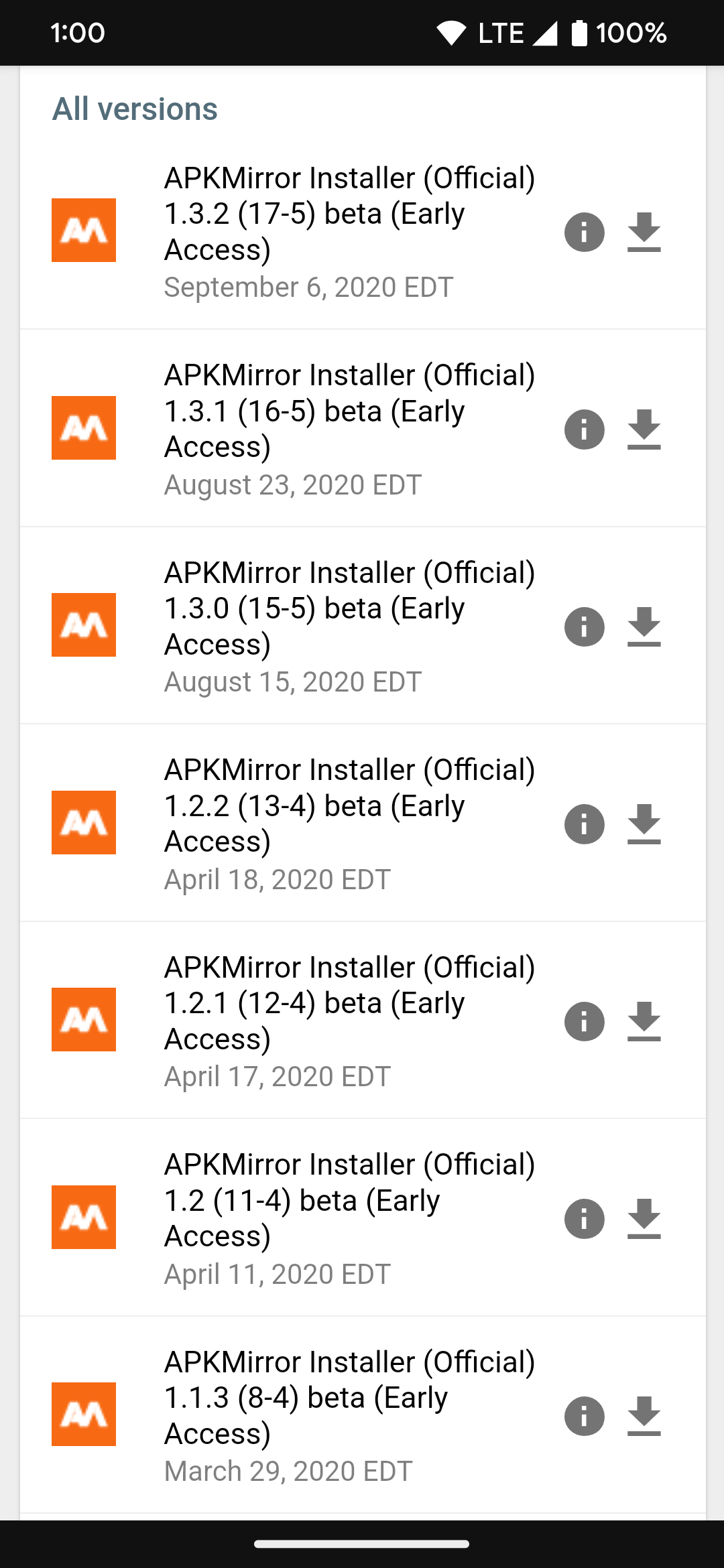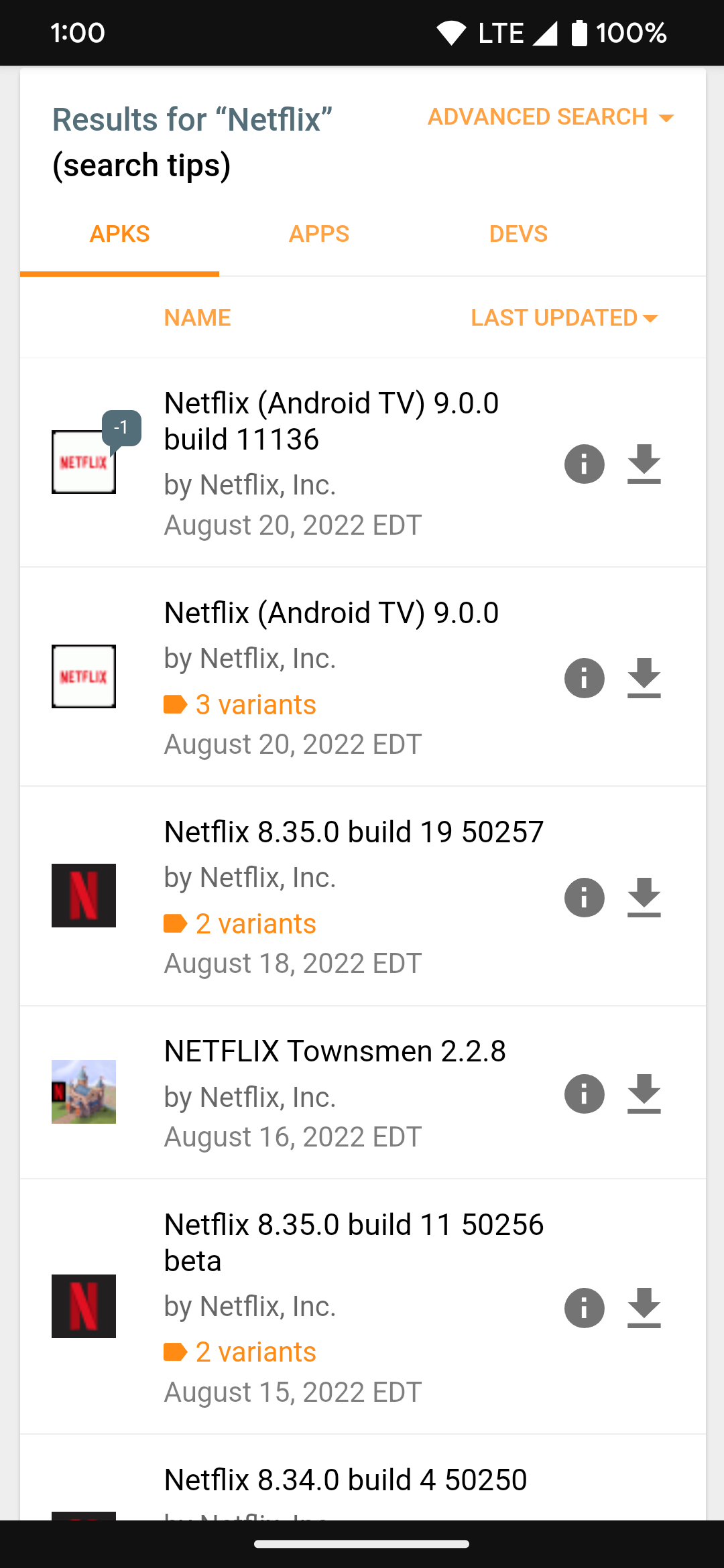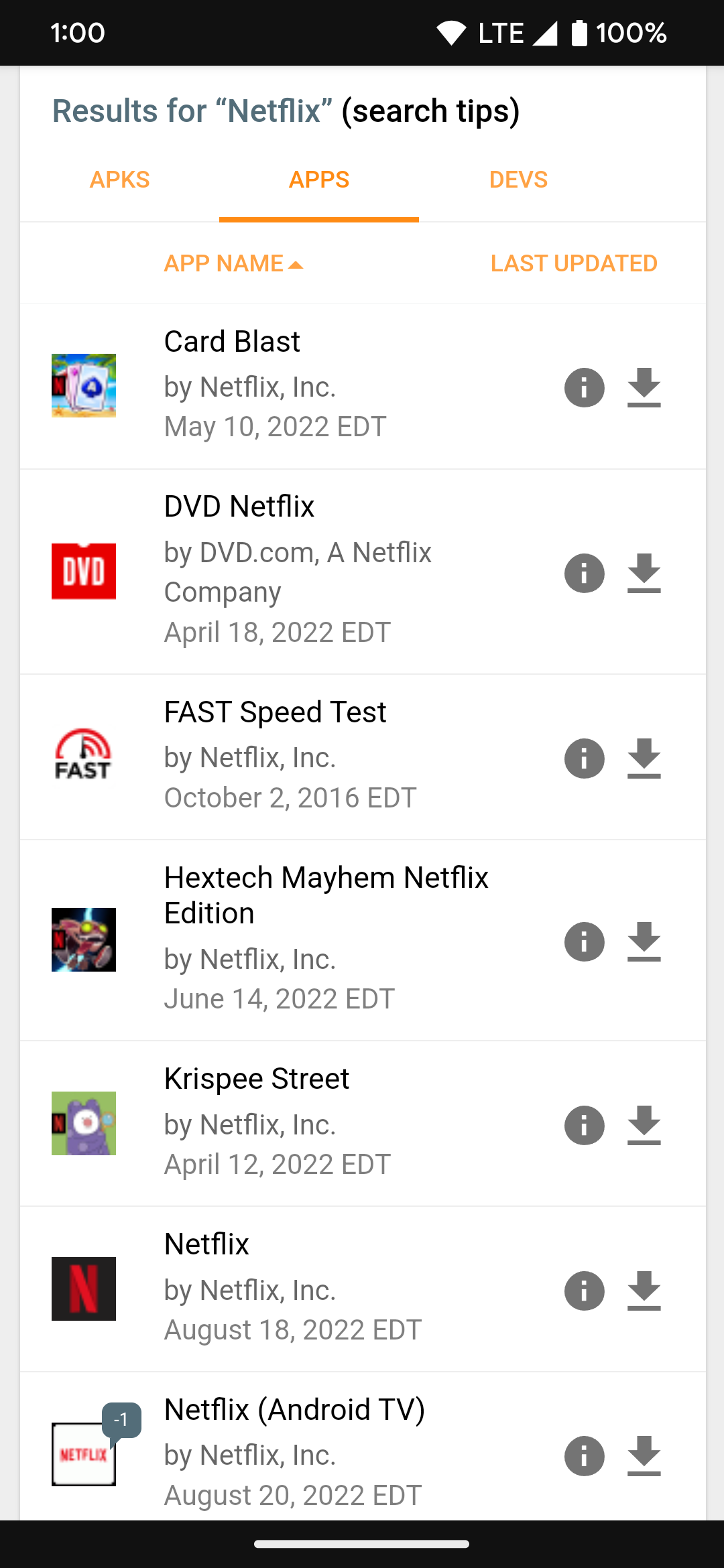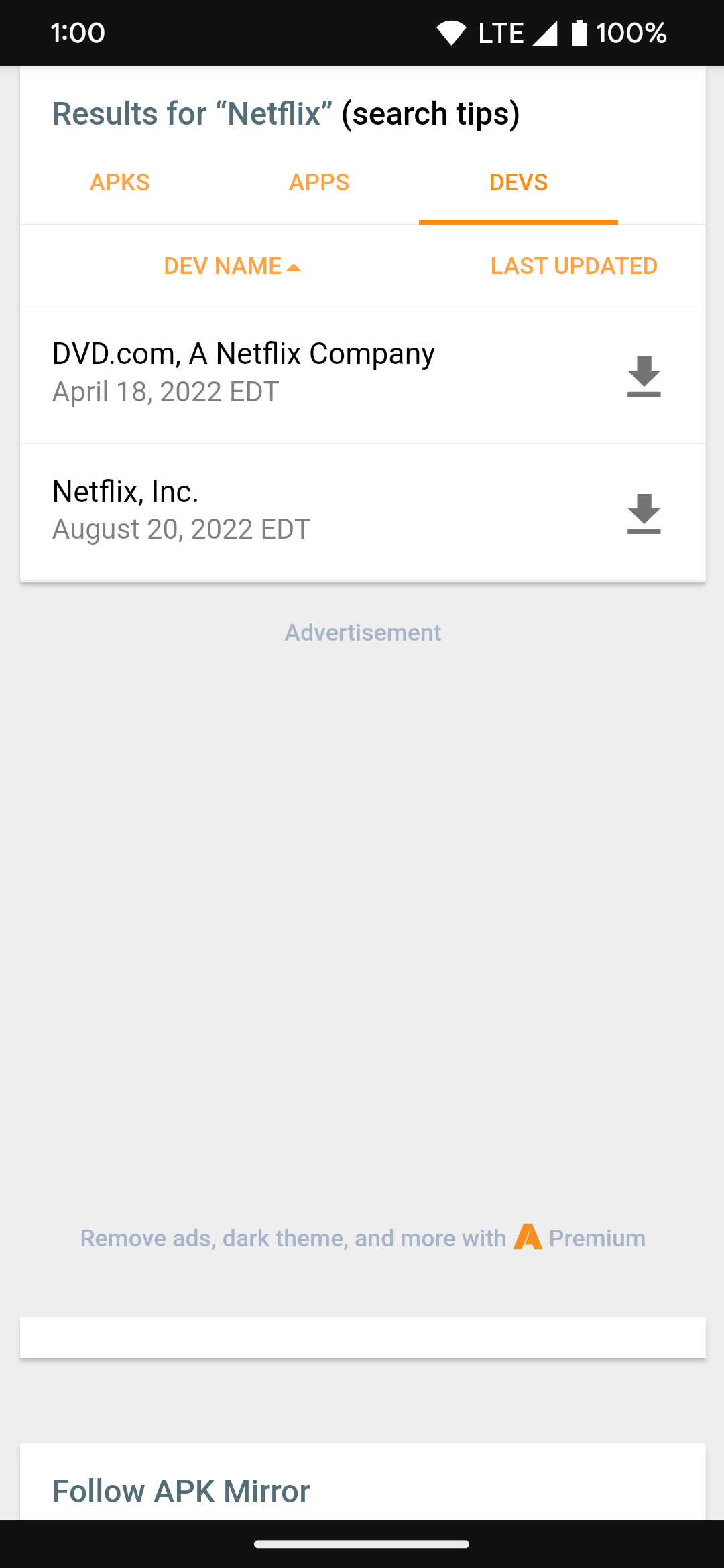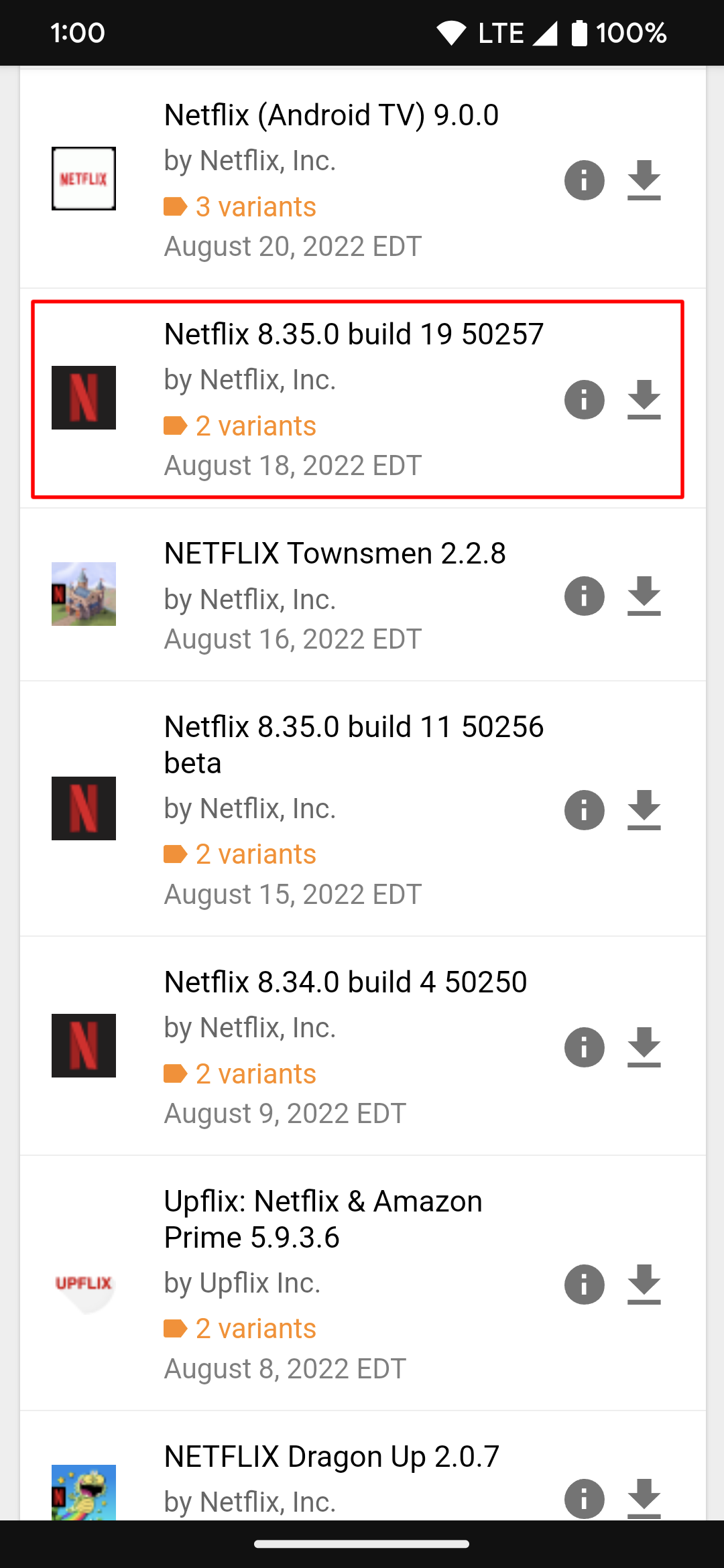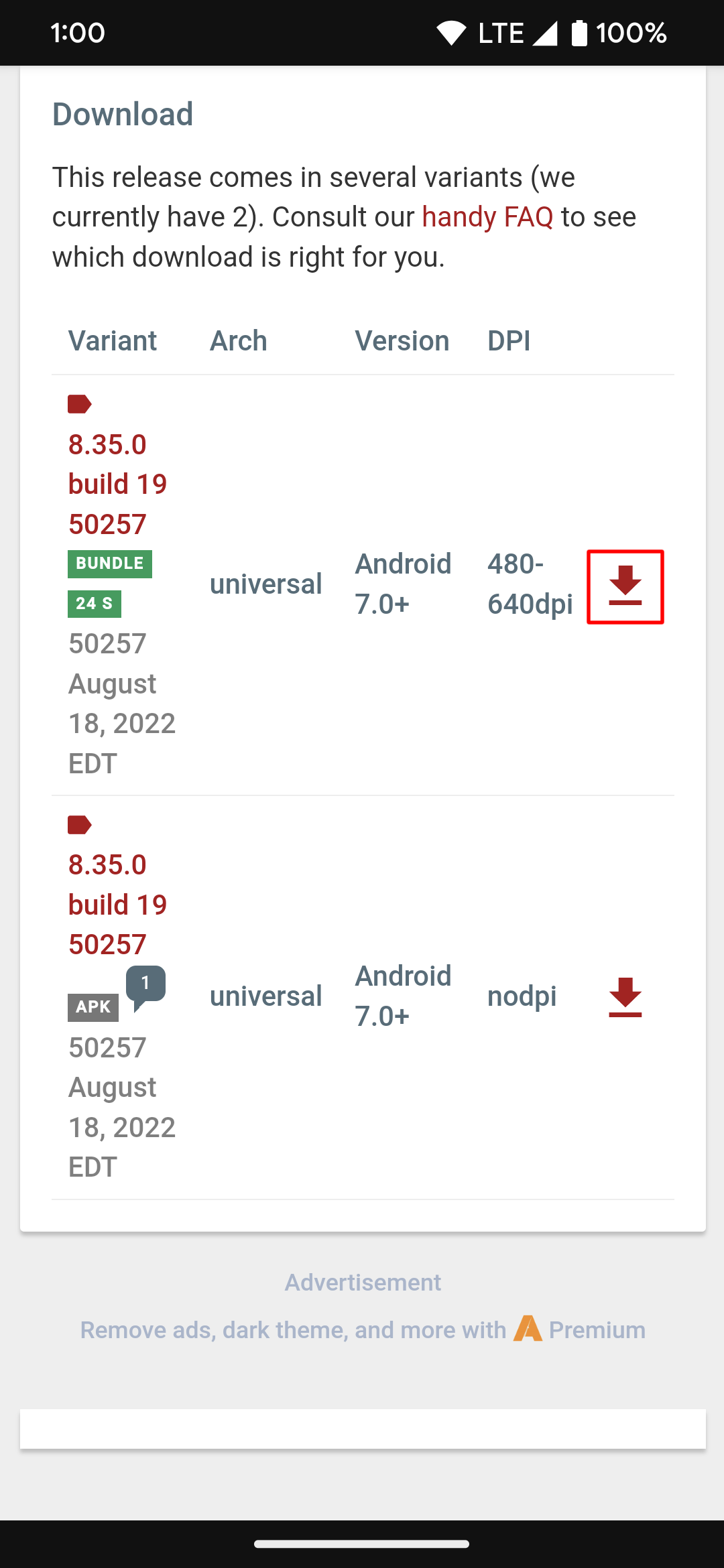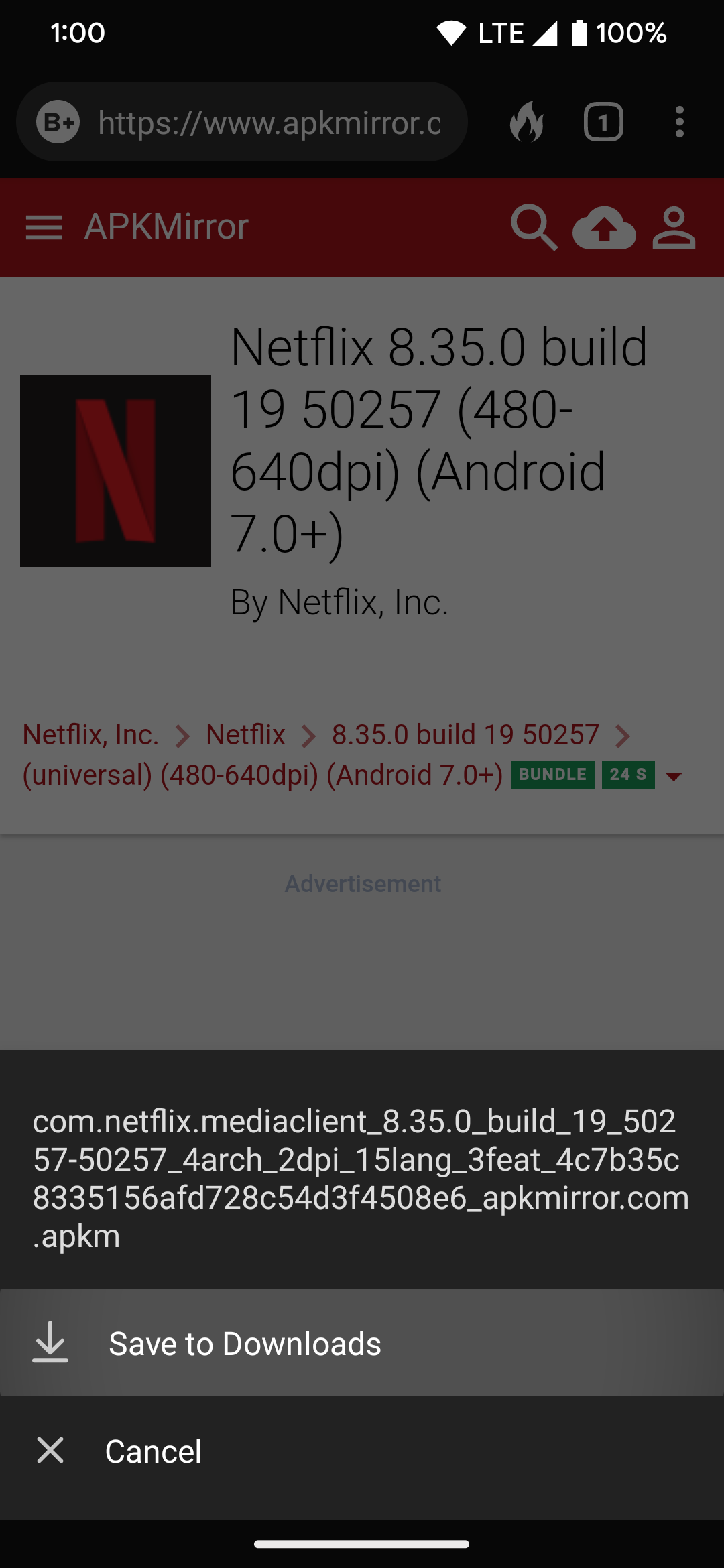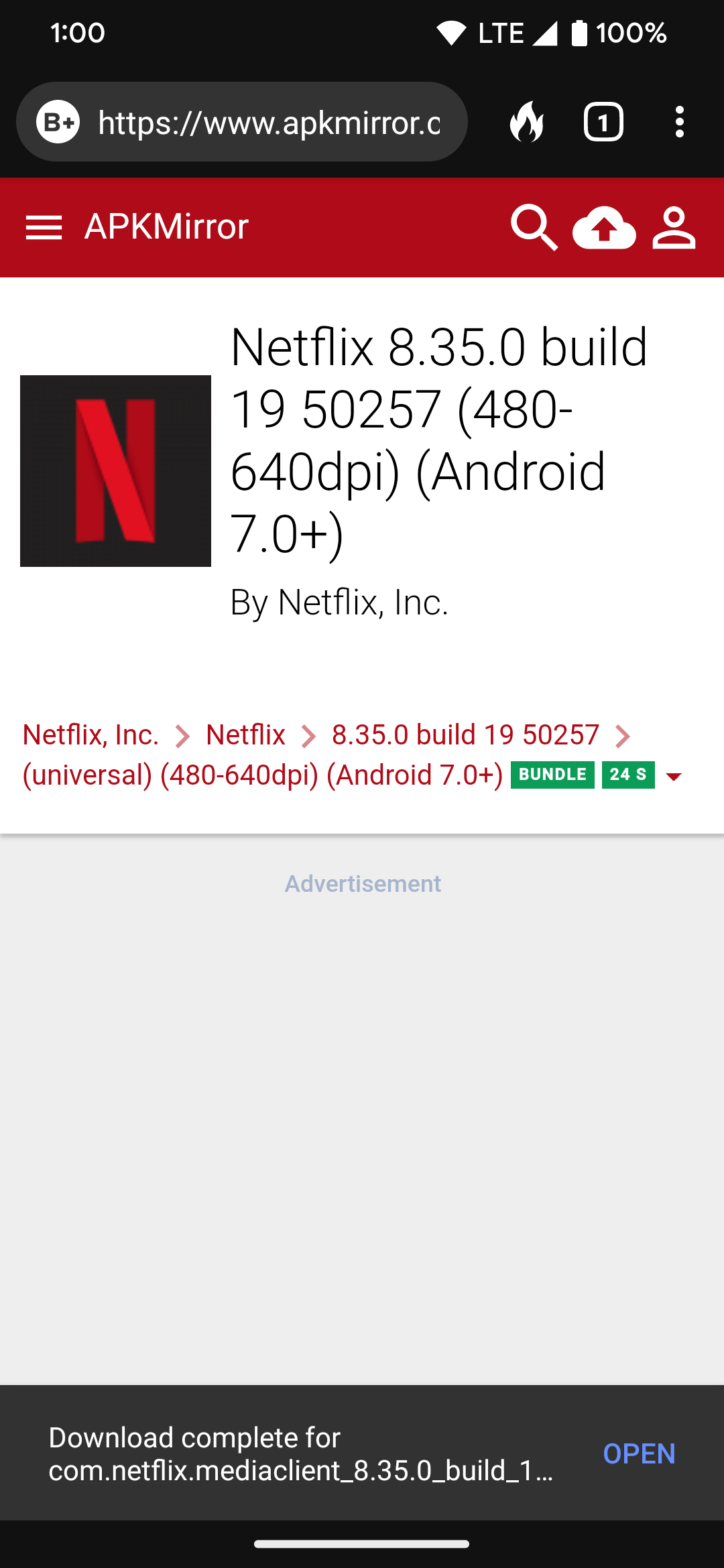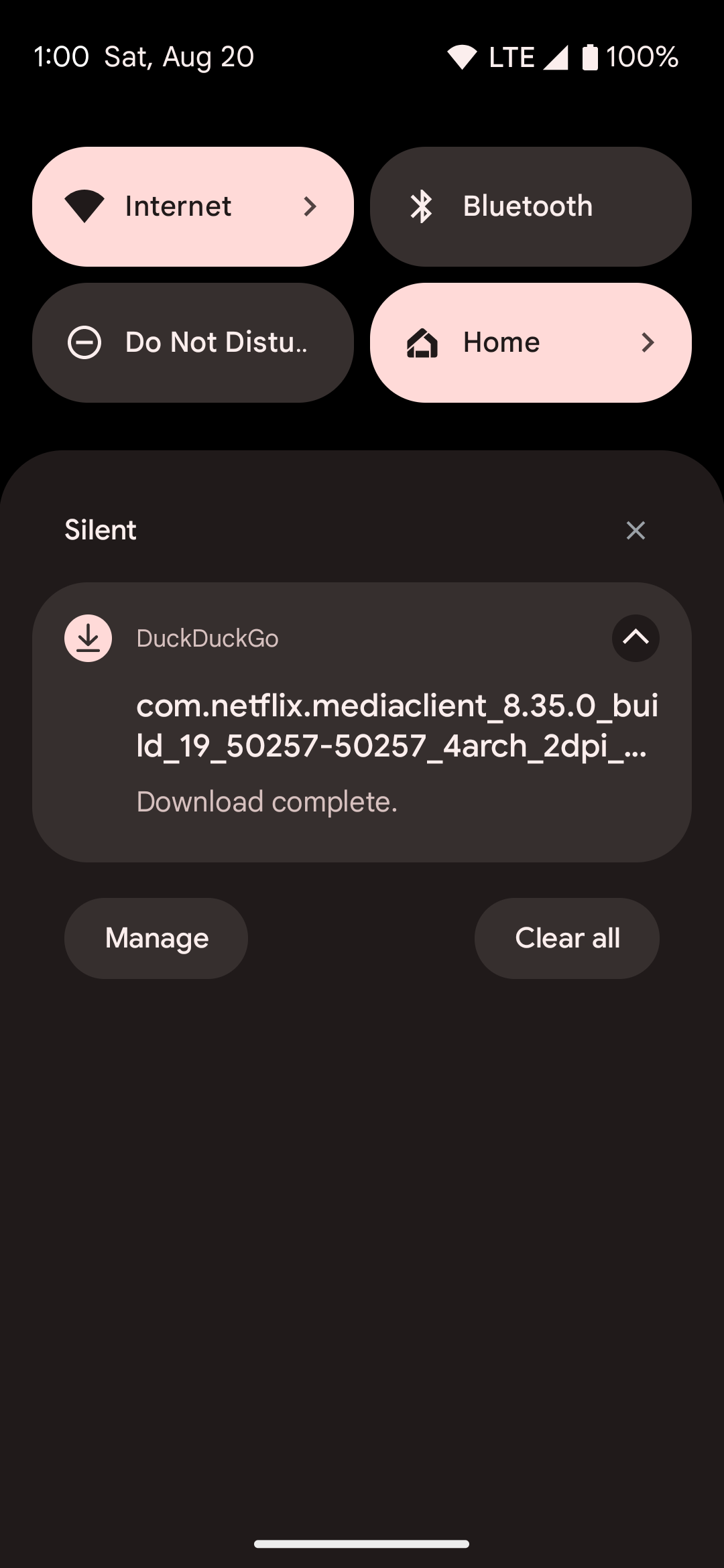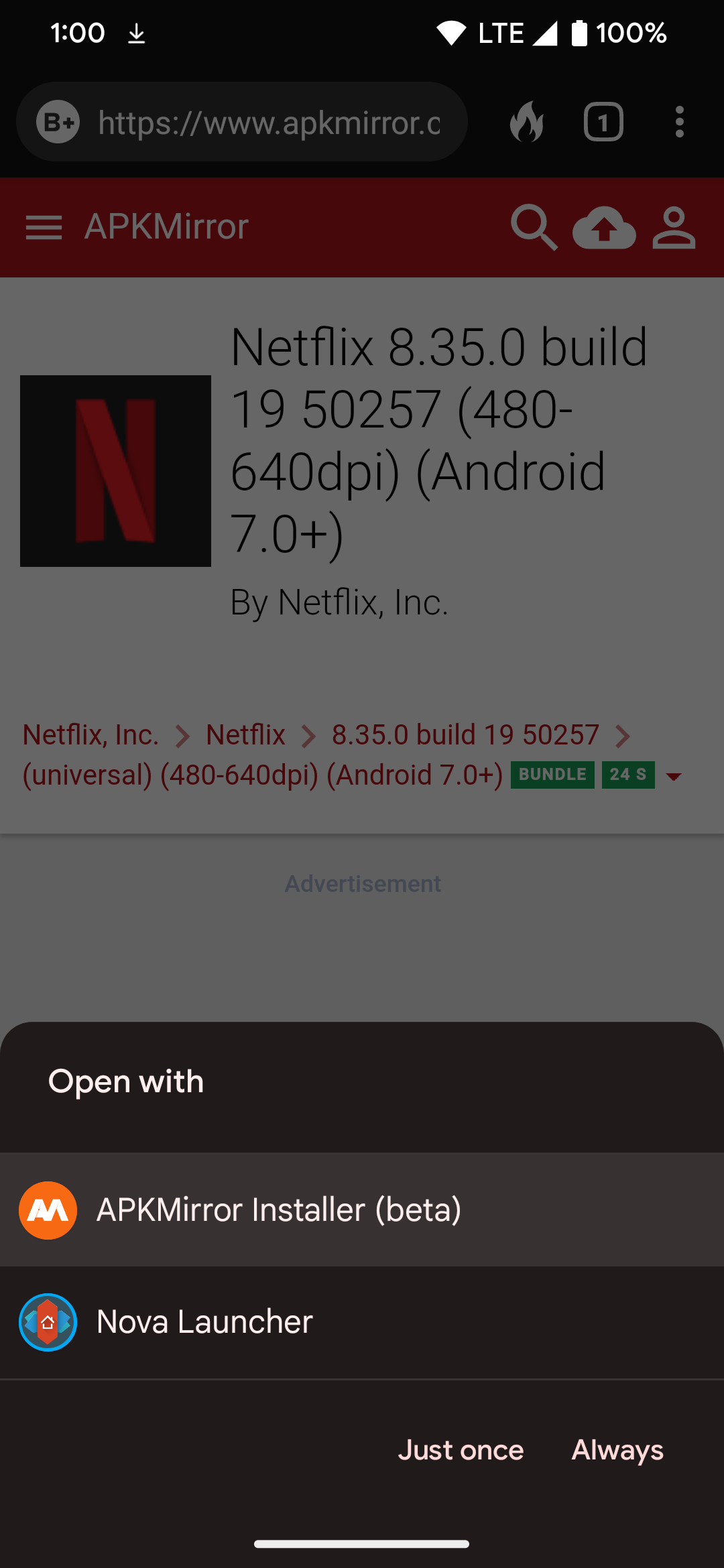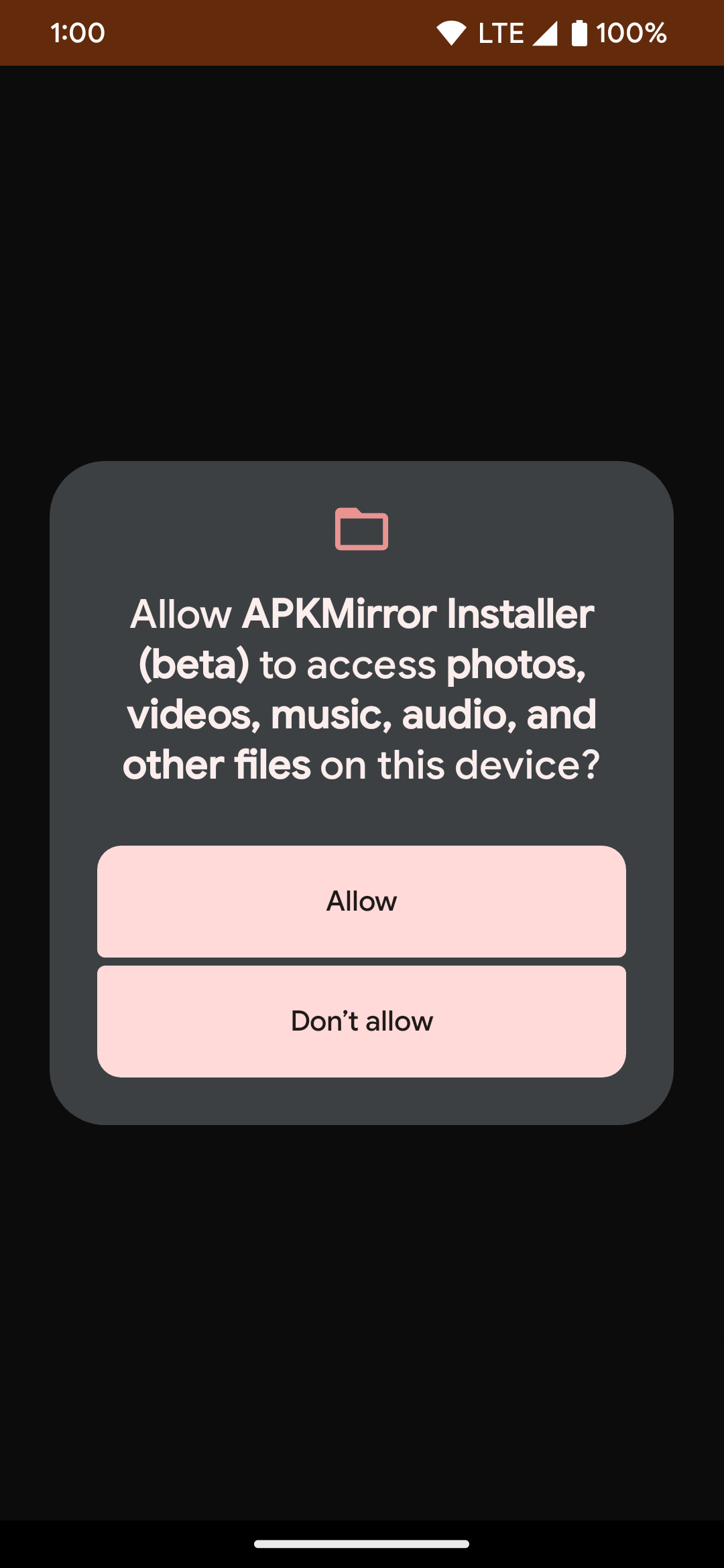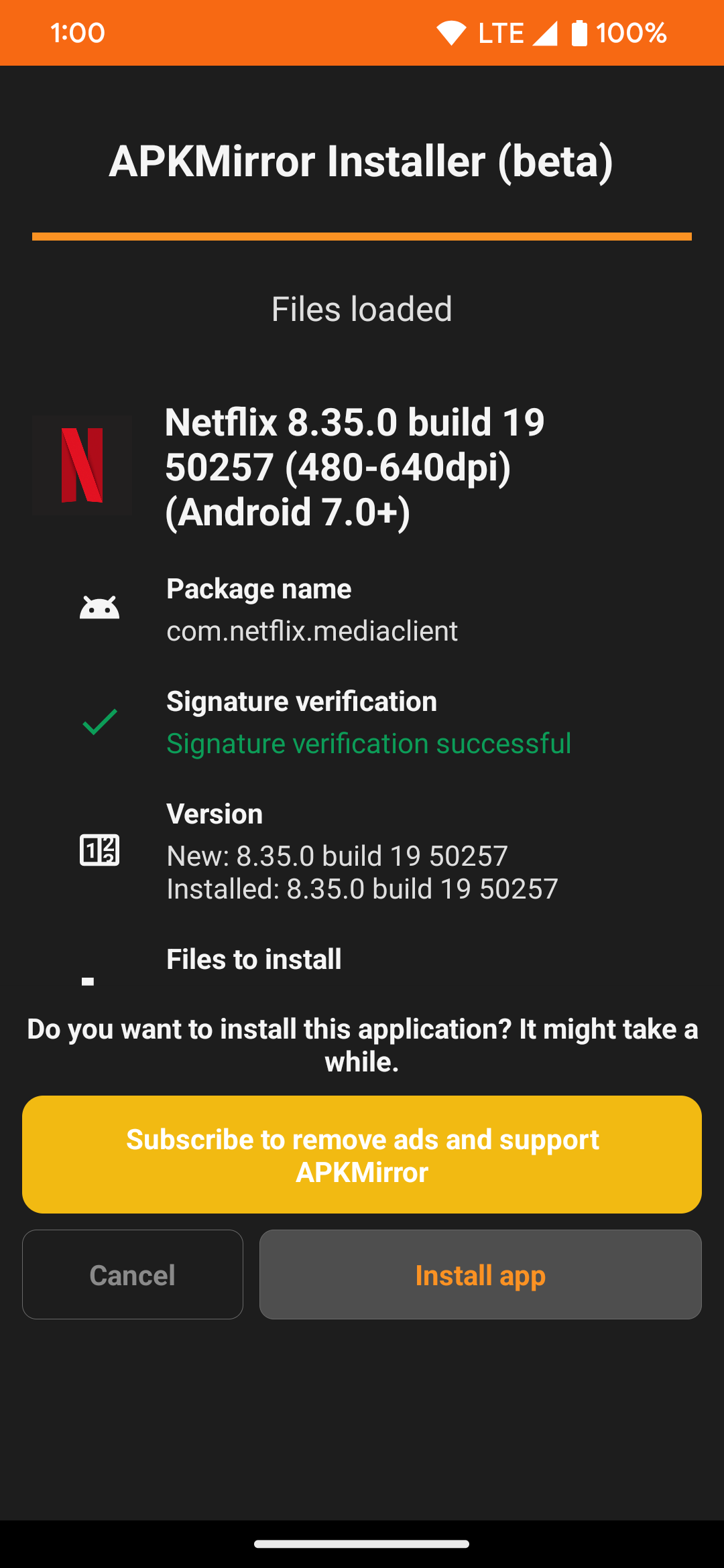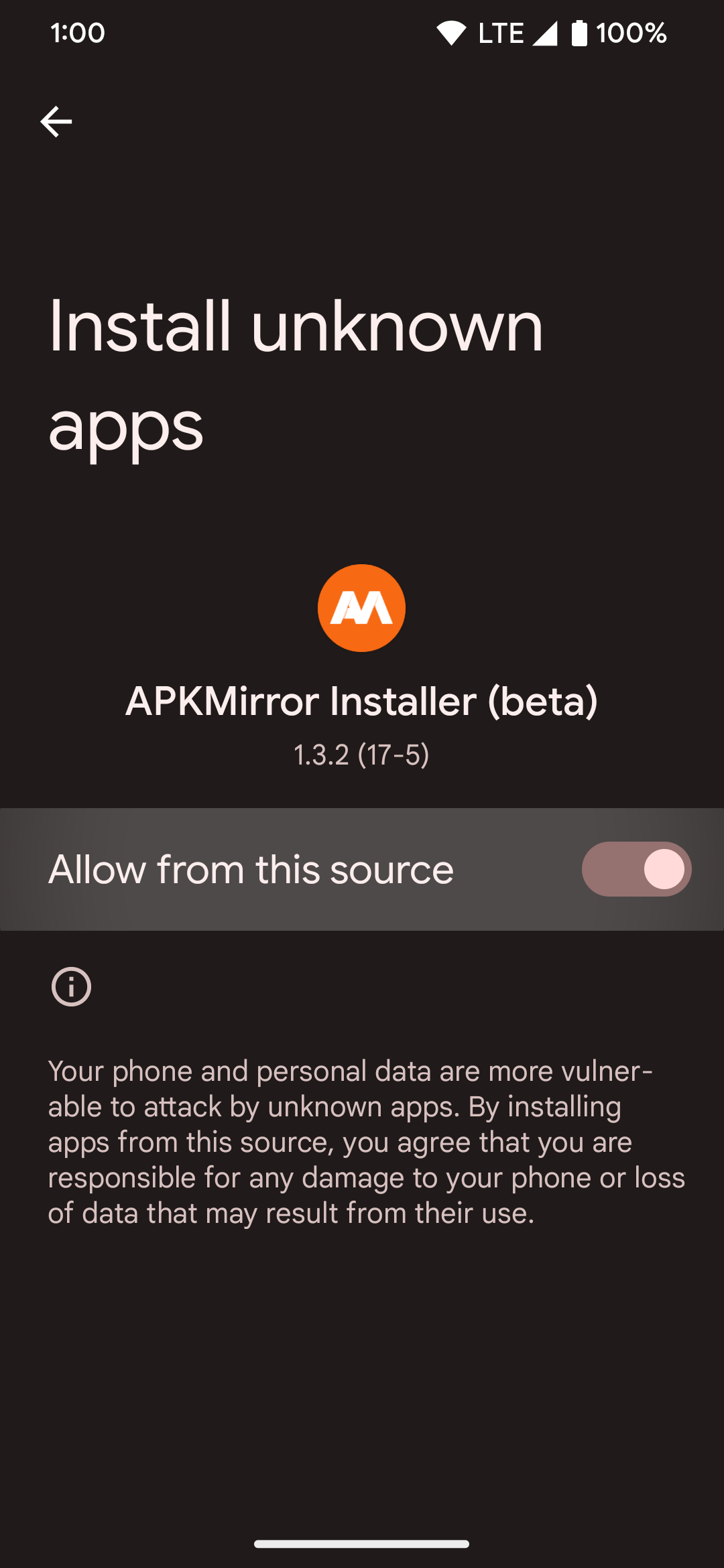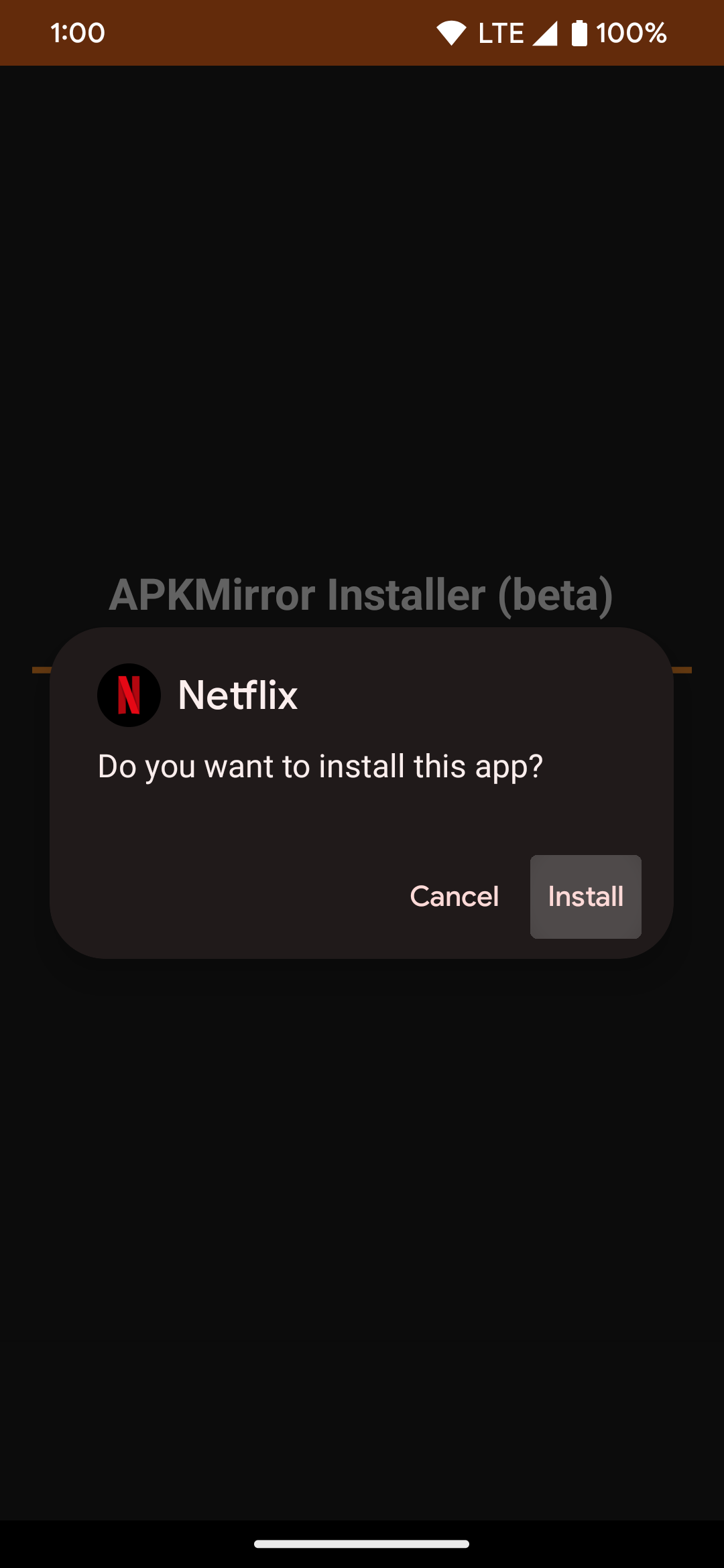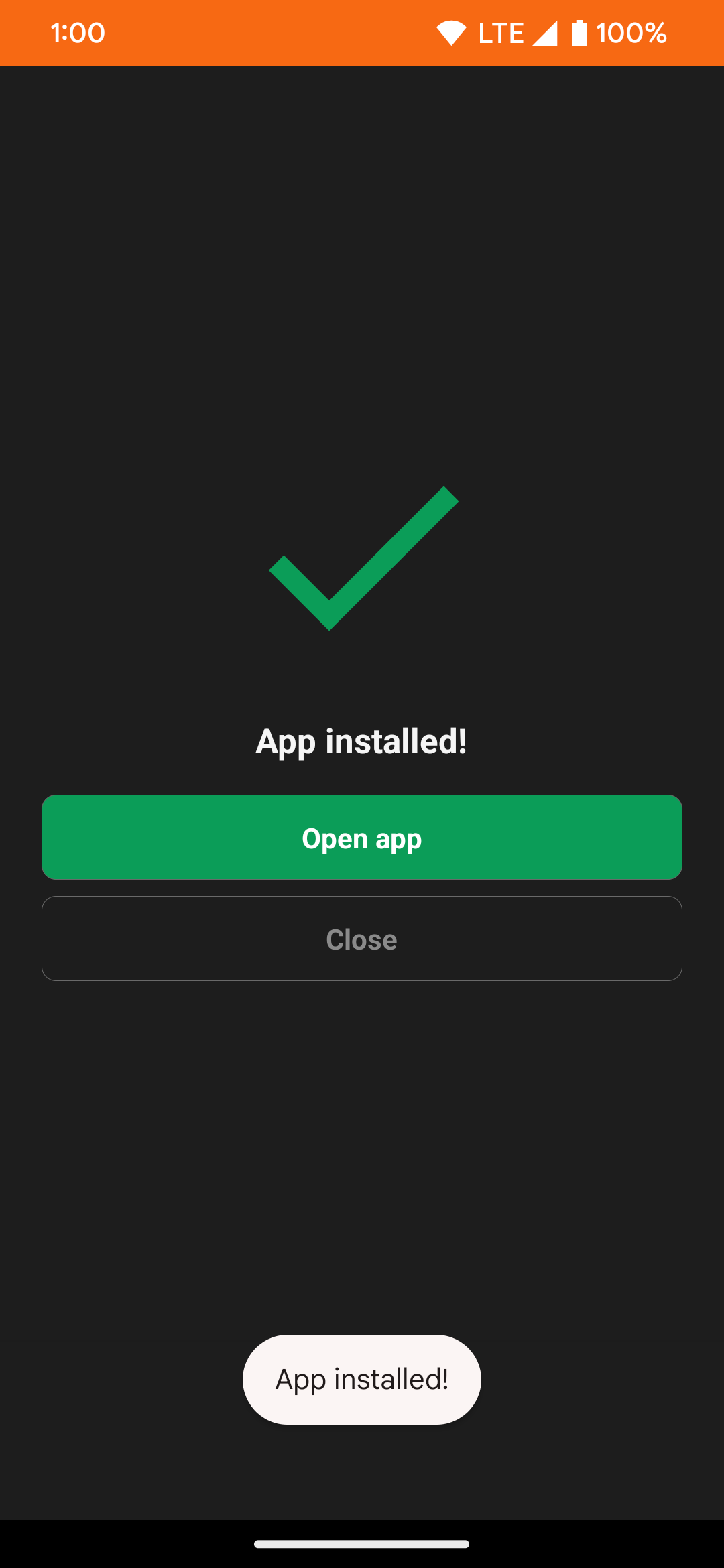How to download Android apps without the Google Play Store
Getting Android apps without using the official Google Play Store can be a bit of a gamble, depending on where you choose to get your apps. And some popular devices, like the best Amazon Fire tablets, don’t come preloaded with the Google Play Store. While Android lets you install an APK from anywhere on the web, you want to be smart when selecting a source for those files. We recommend APKMirror because it is a brand we know and trust. This post shows you how to install or “sideload” APKs onto your Android phone or tablet using the service.
How to download and install apps from APKMirror
If you prefer video instructions over reading the steps in a guide, we included a quick six-minute walkthrough of the process that you can watch below. If text is more your style, though, read on.
Android has both normal APKs and split APKs or Android App Bundles. Android App Bundles save bandwidth and storage space, but they make it hard for people to share apps with one another outside the Google Play Store. That’s because each Android phone model runs a slightly different version of an app. But APKMirror and the APKMirror Installer app eliminate that problem.
You can sideload many Android apps without using a third-party installer. However, that situation is starting to look a bit different going forward. With the rise of “bundling” and split APKs on the Google Play Store, the original APK file format is no longer the default choice for some app developers. APKs are still popular, but that may not be the case forever as they are slowly phased out. APKMirror Installer supports all modern app file formats, so you can safely install them well into the future.
Grab the APKMirror Installer app and search for the apps you want to install
Before you can sideload an app on your device, you’ll need to download the APKMirror Installer app. Installing apps from APKMirror is a straightforward process, whether you’re downloading an Android App Bundle or not. And since the instructions for installing APKs and Android App Bundles are nearly identical, you won’t need to view a separate guide on the process either.
Not every app on the Google Play Store is available to download on APKMirror, but many of them are.
To get started installing apps on your device, do the following:
- Download and install the APKMirror Installer app from the Google Play Store. You can download it from the Google Play Store, then use APKMirror Installer to install or update your apps afterward. Otherwise, grab the APKMirror Installer app from the official APKMirror website.
- Visit the APKMirror website and search for an app you want to install on your Android device. You can browse apps by APK names, app names, and developer names.
- If you sort by app or developer rather than APK, settle on the version of the app you want. If you don’t care or don’t know, the latest non-beta version is probably fine. Scroll down to All versions and find the one you need.
- Tap the Download icon on the right side of the app you want.
- Tap the app that matches the version you need to view the listing page, and then scroll down to the Download section. You can also tap the See Available Downloads button toward the top to jump to the Download section.
- You may have more than one option available. If that’s the case, check the FAQ and do some research to determine which version is appropriate for your phone.
- Tap the Download arrow on the right for the app variant you want to install, then tap the Download APK Bundle or Download APK button.
- When asked whether you’d like to save the file, you might see a warning that the file format/extension is potentially dangerous. If you trust APKMirror as a source, you can allow it.
- The app variant you selected is downloaded to your device’s internal storage and is ready to be installed from here.
The process should fail if you download the wrong version. Still, double-check that you have the right one. If an app installs, it’s compatible, though you might run into some smaller issues with things like DPI.
Open your downloaded app using APKMirror Installer
After downloading the file, you’ll need a way to open it to install it on your device. There are a few choices, and all lead to the same place. Check out the following steps to open your downloaded app:
- Swipe down on the top of your screen to reveal your notifications, and then tap the Download complete entry to open the app you downloaded.
- On Google Chrome, tap the Open option at the top of the screen when the file finishes downloading. Some web browsers show the download message at the bottom, but it’s the same process no matter where it appears.
- If prompted, open the file with APKMirror Installer so that you can move on to the process of installing the app.
- Tap Allow to grant APKMirror the proper permissions to access the downloaded files on your device.
Install your downloaded app using APKMirror Installer
APKMirror Installer feeds you a pile of details regarding the app you’re installing. If it’s an APK Bundle, your best bet is to trust the app’s judgment. However, you can tweak things if you run into trouble and have to reinstall later. You get a simpler prompt if you’re not installing an APK Bundle, but it’s not very difficult either way.
To get started with the next part of this guide, check out the following steps:
- Tap Install app to continue with the installation process.
- Flip the Allow from this source switch to the on position, allowing APKMirror to manually sideload apps on your device. Don’t enable this setting for just any app. The warning protects you from apps that might install malware, so you need to decide if you’re comfortable approving APKMirror.
- Tap the back arrow or gesture once permission has been granted to return to the APKMirror Installer app.
- Tap Install app to move to the next screen if needed, but it should move forward automatically in most cases. APKMirror prepares the installation, and then your phone asks if you’d like to install the app.
- Tap Install to finish the process. Most apps install quickly during this part, but some might take a little longer, depending on the source file size.
- Tap Open app to launch the new app or tap Close to shut down the APKMirror app.
If you run into problems during this process, APKMirror Installer lets you know, spitting a large warning if the app installation fails. So if you accidentally select an x86 APK when your phone is arm64 (like 99% of all recent phones), it probably won’t work.
You can even install the Google Play Store
Using your new tricks, you can finagle the Google Play Store onto your device. All you need are four apps (though you might need different versions depending on how old your phone is or what version of Android it runs). It may not work on all devices. Especially old or unusual devices might require tracking down specific versions of the right APKs. This guide is non-exhaustive.
Without opening any of these until you reboot at the end, install the following apps in this order:
- Google Account Manager
- Google Services Framework. Check your phone’s Settings app to find your Android version (Settings > About phone or Settings > About phone > Software information) and download the latest services framework that matches (for example, Google Services Framework 12-7567768 if you’re running Android 12).
- Google Play Services
- Google Play Store
After all four have been installed (again, without opening them), reboot, and you should be able to use the Google Play Store. If you get a notification that Play Services is out of date, don’t worry. If you can sign in, everything should eventually automatically update to the latest compatible version.
If you run into trouble, most issues can be fixed by one of the following escalating steps:
- Rebooting the device.
- Clearing app data for the Google Play Store and launching it again. Go to the Apps or Apps & Notifications section of Settings, tap Google Play Store, select Force Stop. Then go to Storage and select Clear data or Clear storage.
- Clearing app data for Google Play Services and rebooting. Go to the Apps or Apps & Notifications section of Settings, tap Google Play Services go to Storage, and select Clear data or Clear storage.
- Uninstalling all four apps, rebooting, reinstalling all four apps in the order described above, and rebooting again.
- Reset your device as a last-ditch effort if you are sure you’re using the right versions of the right APKs and doing things in the right order.
Not all devices work with a sideloaded Google Play Store, and you may experience subsequent issues or odd behaviors when it comes to some apps or the device as a result, but it is an option. If you need more help with this, we have a complete guide that walks you through how to install the Google Play Store on any Android device.
Why install apps outside the Google Play Store?
There are many reasons to look for apps outside of Google’s store. Odds are, if you’re here, you have at least one. Still, there are some reasons you might not be aware of.
For one, Google sometimes removes apps from the Google Play Store based on content, functionality, or as a matter of censorship to comply with local laws. Sometimes apps are kicked to the curb for legitimate and valid reasons, like containing malware or violating user privacy, but that isn’t always the case. For better or worse, Android gives you the freedom (and associated responsibility) to get your apps anywhere you like.
Another reason to download apps from APKMirror is that some apps aren’t on the Google Play Store to begin with. Apps on the Google Play Store can also be geographically restricted or censored, and users in some countries don’t have access to them. Other times, apps that are distributed on the Google Play Store roll out updates progressively. So when it comes to playing with the latest cutting-edge features you might read about in our coverage, you may not have access to them yet. We’re all beholden to the slow Google Play Store rollout.
Last, sometimes updates aren’t always for the better. APKMirror can provide a way to roll back to previous versions of an app.
Can you trust APKMirror?
You’ll need to make that decision for yourself, but here are four reasons we trust APKMirror:
We know and trust the founder
Artem Russakovskii, the founder of Android Police, also runs APKMirror. While Google might be responsible for the ads you see at APKMirror, Artem has done his best to make a good quality, easily navigated repository of Android applications. It might take a minute to learn to navigate things like the different APK versions based on hardware platform or “DPI,” but it’s generally straightforward to get what you need.
The company that owns APKMirror, Illogical Robot LLC, owned Android Police until Valnet acquired Android Police in 2021.
Apps are signed by developers and safe to use
The apps you download from APKMirror are unmolested and securely signed by their developers. APKMirror makes sure all APK cryptographic signatures are verified to match the originals (either previous updates or versions distributed on the Google Play Store), and it matches new applications to known signatures from developers. When an app’s signature can’t be verified, APKMirror won’t have it. APKMirror also blocks publicly disclosed test/dev/debug signing keys, since they can’t always be trusted.
For the non-technically minded, that means APKMirror does its best to make sure the apps it distributes are safe.
APKMirror doesn’t have pirated or ‘cracked’ apps
APKMirror does not host pirated content. While you might be able to get around geographic restrictions or censorship, APKMirror doesn’t provide “cracked” or pirated versions of apps (though it does host some modified apps, like Google apps tweaked to work with more devices).
APKMirror wants to help developers, not make their lives harder or take away their ability to earn a living. Regarding safety and security, many apps that are modified to provide paid or premium features for free also have malware or spyware hiding inside them, which you don’t want.
Don’t just take our word for it
If you disagree with these arguments on the premise that Android Police has a vested interest in promoting APKMirror’s services, you may have missed the memo: Android Police is no longer owned by APKMirror’s parent company, Illogical Robot LLC. This post was fact-checked and updated by an editor who has no relationship with Mr. Russakovskii or any APKMirror employees. We have also linked to impartial sources that trust APKMirror.
Using APKMirror Installer to install your apps can make your life a lot easier
The APK file format for Android apps is widely available. However, it’s slowly getting phased out for Android App Bundles or split APKs. The main issue with these new file formats is that there’s no native way to install them outside the Google Play Store. Various third-party apps can handle these bundles or split APKs, but we’ll always recommend APKMirror Installer above all else. We’ve been using APKMirror Installer since day one. Its simplicity and reliability have helped many other users over the years.
Now that you’ve learned how to manually install any app you want on Android, you can also sideload apps on a Chromecast with Google TV or Android TV. Our guide covers everything you need to know to quickly start sideloading apps using some of the best third-party methods available. You might also choose to install the official Google Play Store on an Amazon Fire tablet to access even more apps than you had previously.
